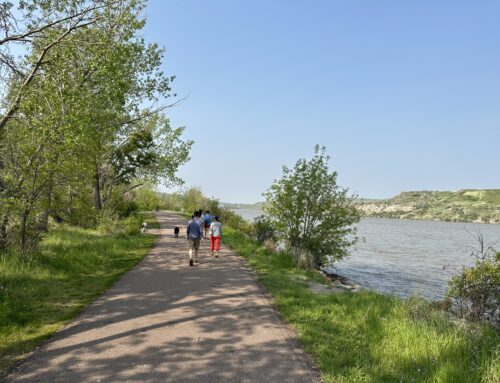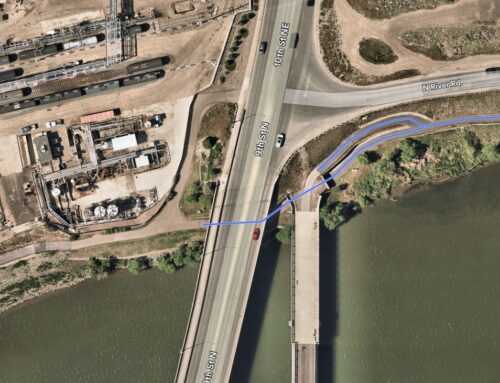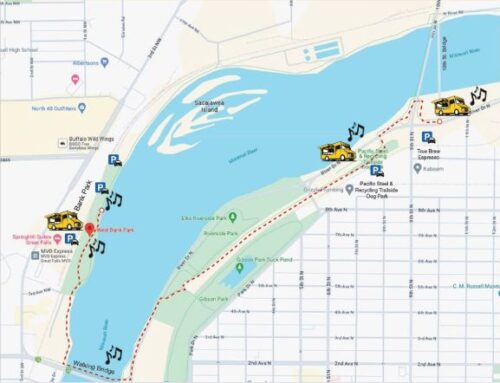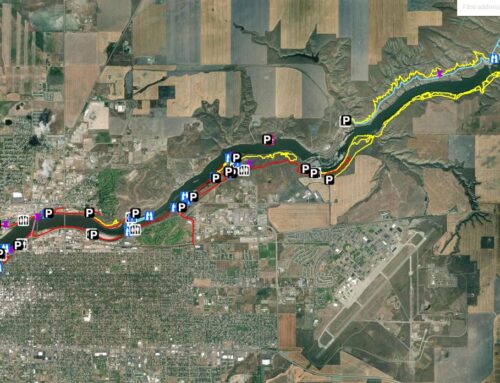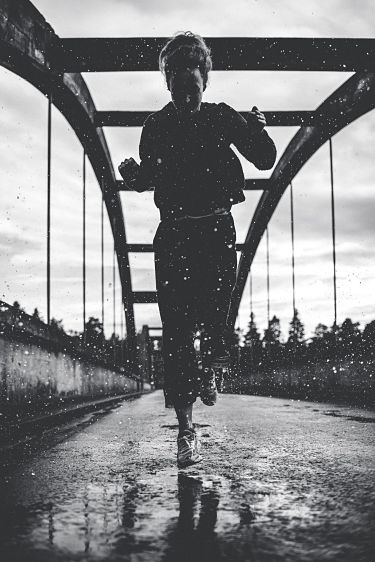
Photo by Oscar Söderlund on Unsplash
Running is one of the healthiest forms of exercise, but unfortunately, Mother Nature can throw wrenches in your running plans. With careful planning (and forecast monitoring!) you can run year round, especially in an ever-changing climate like Montana. Here are some top tips for running in bad weather:
In The Rain
- Dress Light
A common mistake when running in the rain is wearing layers to keep yourself dry. This will not work—you’ll instead be left with three soggy shirts instead of one. A better option is to wear a very thin poncho or simply stick it out. Dress for the temperature of the day you’re running, not bundled up for rain protection. - Bust Out That Vaseline
When there’s moisture, there’s chaffing. Chaffing can become a real problem if you’re running in the rain, so using Vaseline or running-specific gels on areas of the body where you commonly get blisters. Your heels are an obvious choice, but adding a gel on your thighs, along the seams of sports bras for women, and on nipples for men. Wicking socks will also make a big difference when it comes to preventing blisters in the rain. - Wear a Hat
A hat with a visor is critical to keeping the water out of your eyes. If you’re running on an especially cool day (below 50 degrees or so) you may want to wear a beanie under your hat to help keep warm.
If There is Lightning
- Seek Shelter
If you start to hear thunder, chances are lightning will soon be following so head indoors if possible. Getting into a safe place, such as a car or building, is your safest bet. If you are unable to get to a safe place, squatting can help reduce the risk of being struck but does not drastically reduce your chances. - Avoid Isolated Trees
In a panic, trees may seem like a fine place to seek shelter during a thunderstorm, when in reality is it not. Tall or isolated trees have the highest risk of being struck by lightning and the current can travel underground, striking you. In fact, ground currents injury or kill more people than a direct strike from lightning.
In the Heat
- Pace Yourself
This probably seems obvious, but you’d be surprised how many runners overexert themselves while running in high temperatures and on particularly high-humidity days. Learn how to find your perfect running pace and stick with it when temperatures are against you. - Look at Heat Index, Not Temperature
Running on a humid day is (usually) much worse than running in high temperatures. While it’s true that the early morning has the lowest temperature, it’s often the highest humidity. Look at the forecast and try to find a time of the day where the humidity is below 40%–that should feel comfortable for most runners. If you have no good options for a day without humidity, try running somewhere with shade, like a wooded trail. - Wear White
Generally speaking, white reflects sunlight and black retains it. When running on a sunny day you should try to wear lighter-colored clothes, which can also help increase your visibility. It’s also important to wear loose clothing so you allow your body to sweat and release heat. You can actually wear blacking clothing and stay very cool, but you’ll need to wear thick clothing, which isn’t ideal for runners.
In Strong Winds
- Mind Over Matter
When running in the wind, it is important to remember that it will slow you down. Adjust your pacing and times, as you will most likely be slower than usual. Finding a positive in the wind, such as using it as extra resistance, can also make running in the wind more enjoyable. Even changing your route so you end with the wind in your back can help make the run feel more successful. - Close Fitting Clothes
Loose clothing can flap in the wind. They can also create even more resistance and annoyance. Wearing tighter fitting clothing will keep them from blowing in the wind and make your run more enjoyable.
This article was created Personal Injury Help (www.personalinjury-law.com), an organization dedicated to providing the public with information about personal injury and safety information. Nothing in this article should be construed as legal advice, and it is intended for informational use only. Be sure to review your local running ordinances.


